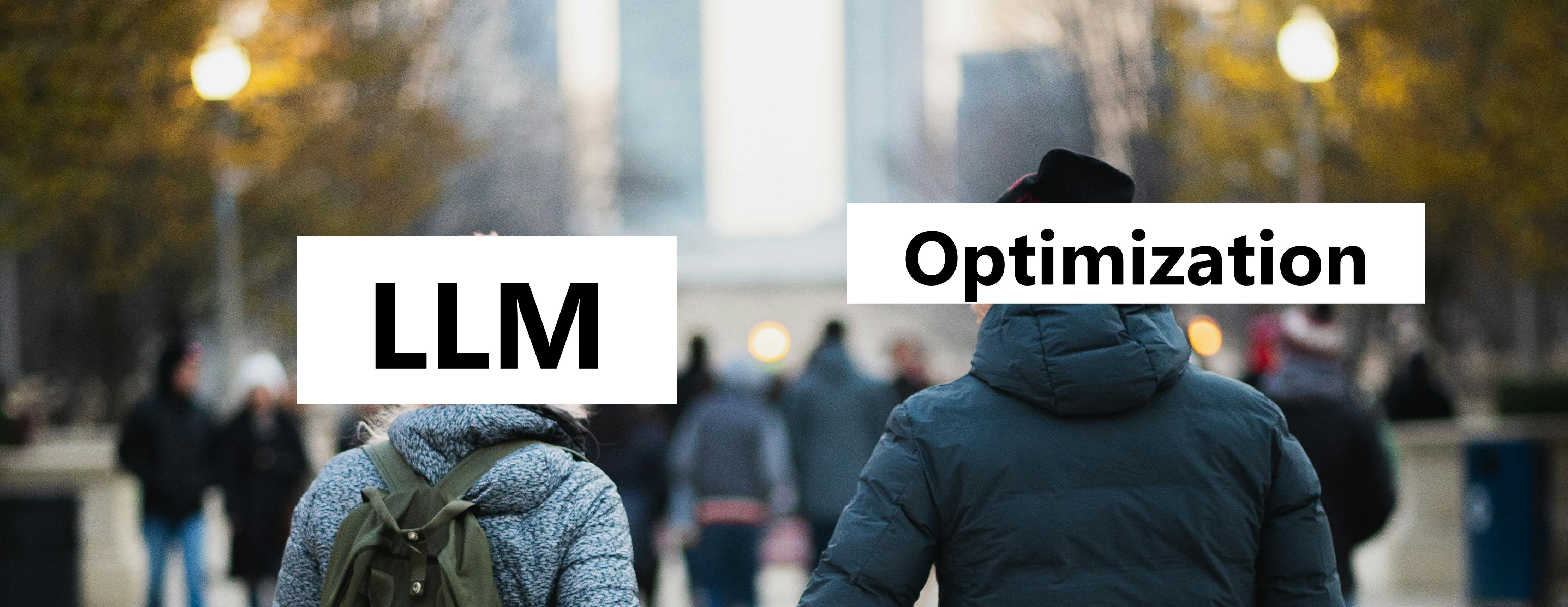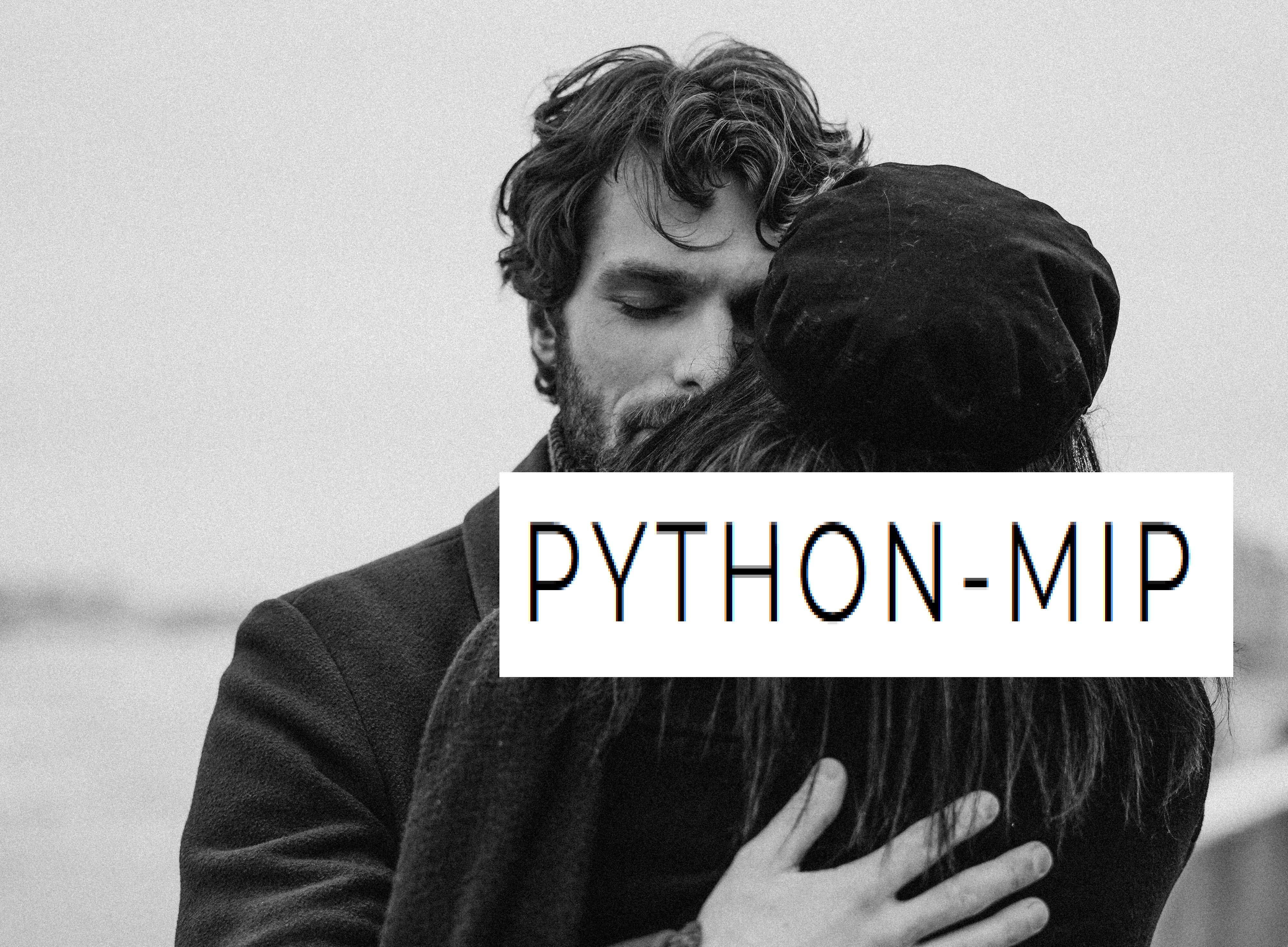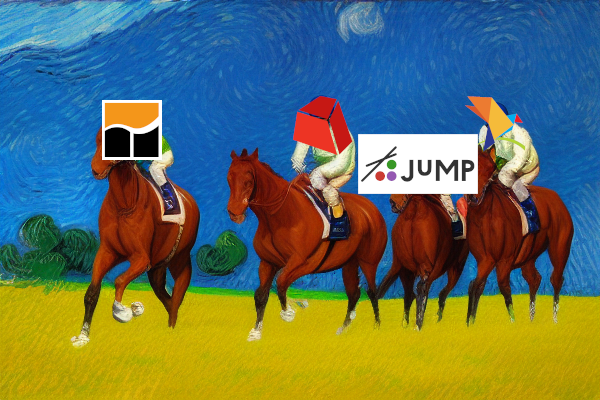pyOptInterface - what can it do?

TL;DR
🧮 pyOptInterface is a new Python modeling framework first released in April 2024 and is currently in version 0.4.1.
👏 It is well-written, and really quite fast. It has decent documentation, and also supports conic and nonlinear programming.
💡💡💡💡💡💡💡💡💡💡💡💡💡
🙌 The internet is AWESOME! Based on my testing, I thought the constraint handling in pyOptInterface was bad. But then, I posted my article and got awesome feedback from Robert Schwarz about how to do this well. So now, I am a big fan 😊
🍂 I don't want to ignore my mishap, but I also don't think it adds value. So I am changing the article from ground up but with references to the original when needed. If you are interested, just go to this commit in the repo.






